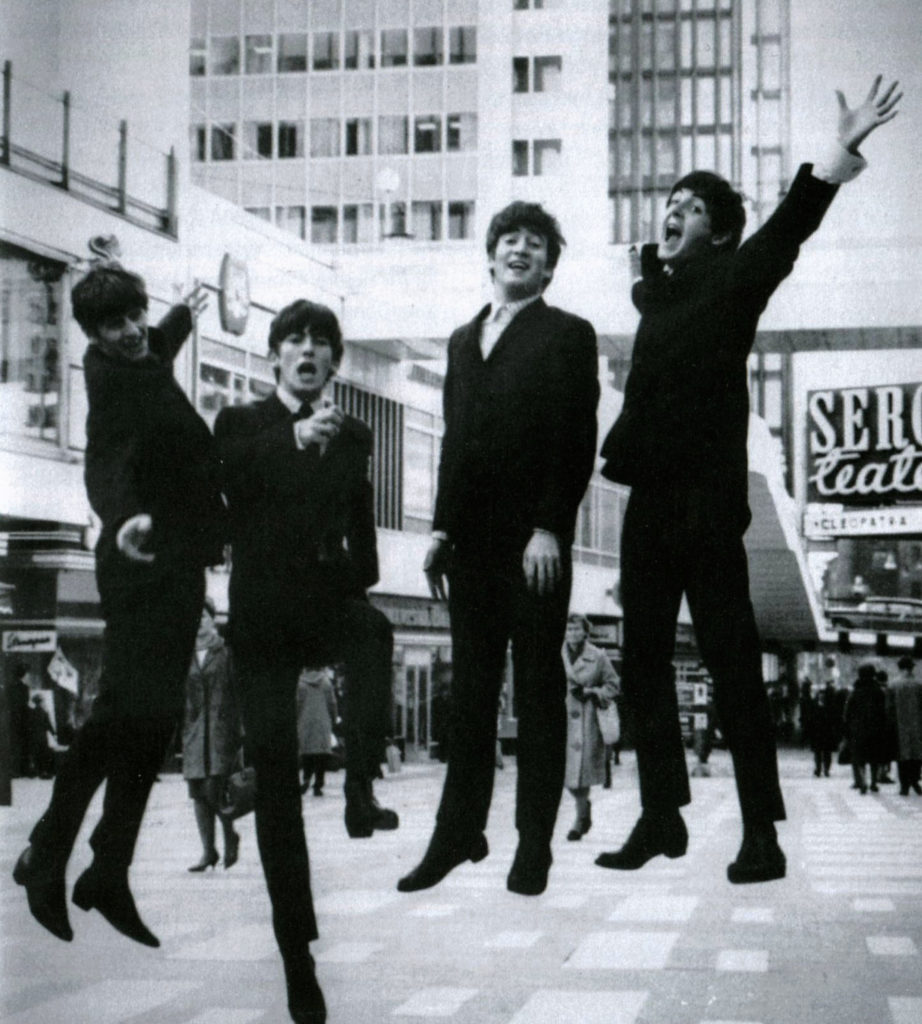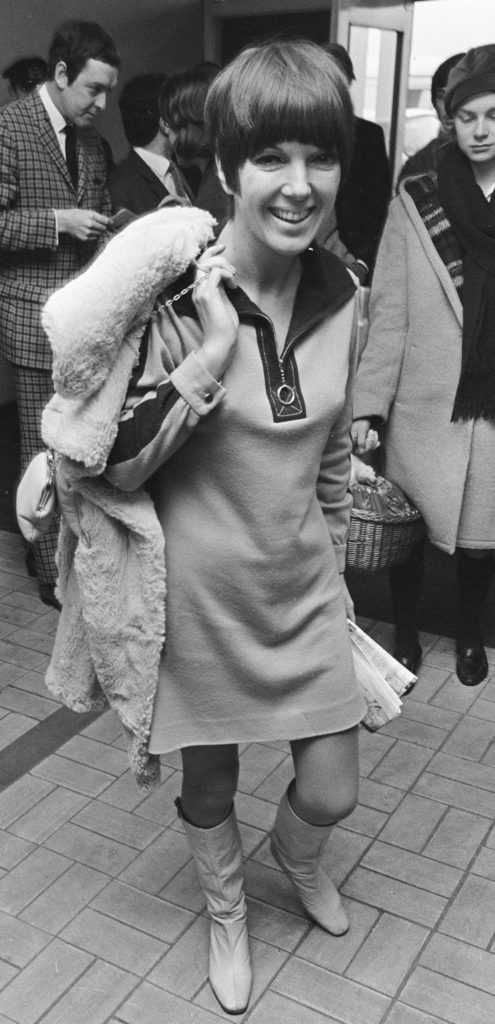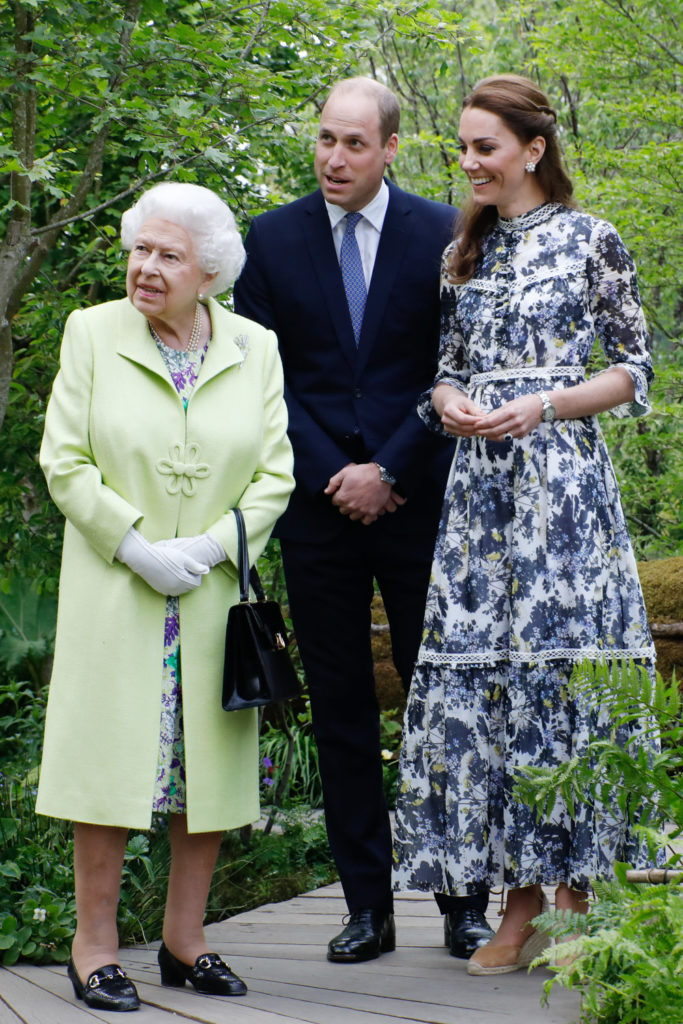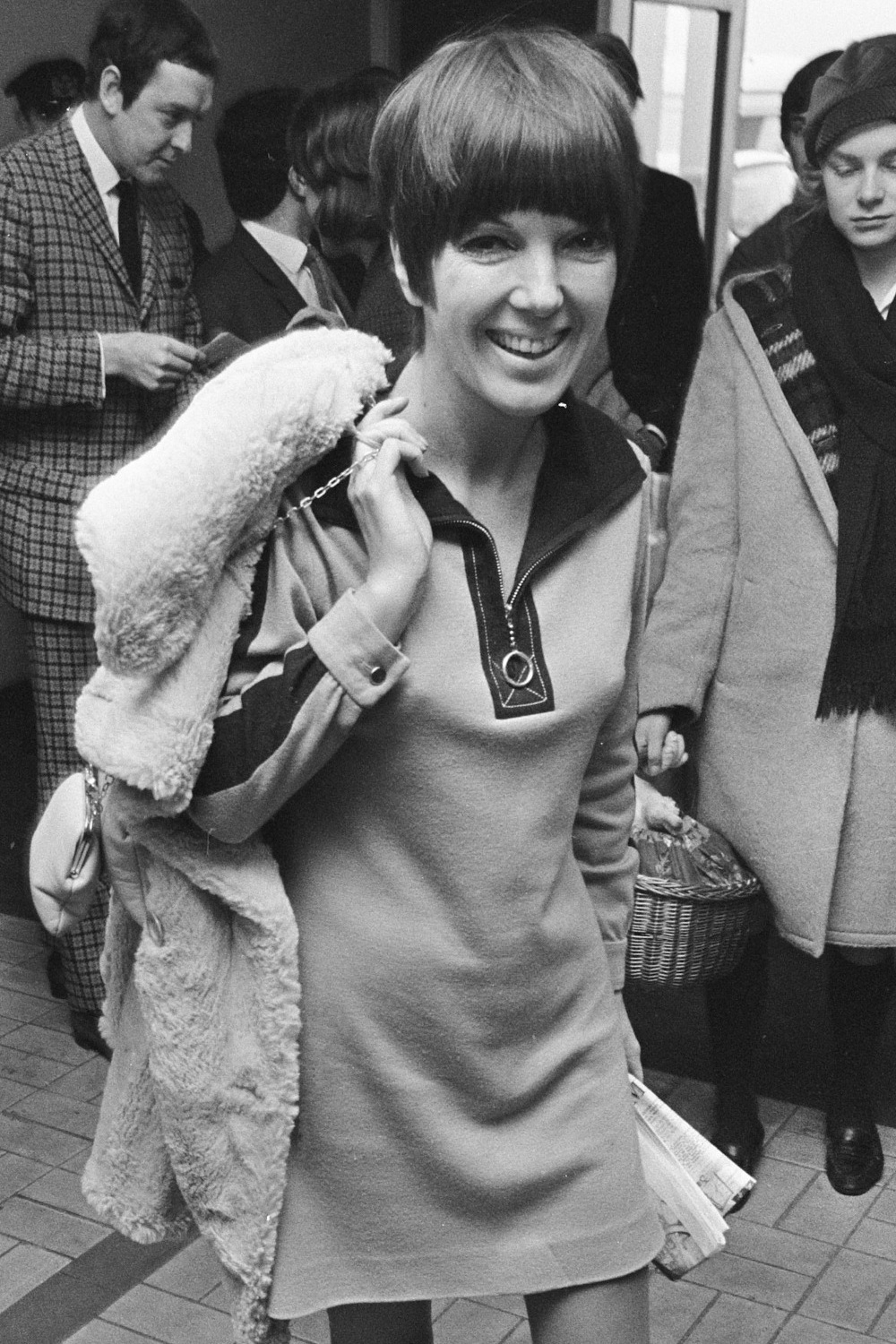London has long been a fashionable city – but if you ask the locals, they’ll tell you the city’s real fashion hub sits in Chelsea. This is the home of Britain’s rebellious streak, where Mods stomped around in Chelsea boots, Punks dressed up in tartan and up-and-coming stars of the 20th century strutted around in miniskirts. Intrigued? Below, we round up the moments that made Chelsea fashion history.
Chelsea Fashion History Moments We Still Think About
The Chelsea Boot
It all started with a humble boot, apparently. We might know them today as the stylish boots stomping up and down the streets of London, but the Chelsea boot goes way back – several hundred years, in fact.
The first Chelsea boot was designed by Joseph Sparkes-Hall, the official shoemaker to Queen Victoria, in 1837. They were quite the innovation at the time, thanks to a set of elastic side panels that allowed the boot to be pulled on and secured without the need for laces or buckles. This made them an overnight hit with the Queen – and her inner circle – as they proved to be the perfect riding and walking shoe. This also earned them their first name: the paddock boot.

The boots remained a quiet hit throughout Queen Victoria’s reign, only waning in popularity just after the First World War. But the dip didn’t last long.
By the 1950s and 60s, they had a new adopter: the Chelsea Set, made up of artists and socialites who were known for gathering on The King’s Road. And their popularity only flourished from there, catching the eye of designer Mary Quant (who helped refine Mod style), as well as pop culture figures like David Bowie, The Beatles and even 007 – Sean Connery – himself. The hordes of famous faces swinging into Chelsea with a pair of these boots on their feet quickly resulted in a new name: the Chelsea boot.
Mary Quant & The Miniskirt
One of Chelsea’s leading fashion forces was, of course, Mary Quant. The designer arrived in the borough with a bang in 1955, when she set up her boutique, Bazaar.
Quant’s style was a far cry from the conservative fashion of post-war Britain, defined by miniskirts, bright tights, geometric patterns and new materials like PVC. The designer was renowned for her innovative, risk-taking approach to fashion – and Chelsea became the host to this new wave of design.

A favourite amongst celebrities and normies alike, Quant could be spotted pretty regularly models Twiggy and Jean Shrimpton, as well as actress Audrey Hepburn. And by the end of the decade, it was estimated that up to 7 million women had at least one of her products in their wardrobe.
Vivienne Westwood’s Punk SEX Shop
Then came the 1970s, when Mod culture gave way to the (even more) rebellious style rules of the Punk movement. And the Queen of Punk? British designer Vivienne Westwood.
Following in the footsteps of Mary Quant, Westwood set up her first shop on The King’s Road in 1971 – although it didn’t start out as a fashion boutique. Westwood and then-boyfriend Malcom McLaren started off the shop under the name Let It Rock, selling 1950s rock and roll records and memorabilia, then rebranded to biker’s paradise Too Fast To Live, Too Young To Die in 1972, before settling on SEX in 1974 – when it became a real hotspot for Punk fashion.
SEX made waves as soon as the shop’s new signage went up, posing a controversial addition to the Chelsea neighbourhood. It was here that Westwood began to experiment with more provocative designs, with clothing incorporating Scottish tartans, leather and bondage gear – sartorial codes that would soon give her the title of Godmother of Punk.
And while the shop’s name continued to change over the years – today it goes by Worlds End – Westwood’s star only grew bigger and bigger. The designer’s garments became the new Punk uniform, with bands like The Sex Pistols giving Westwood a global platform for her work. And with her influence still felt today on the runway, it’s safe to say that this Chelsea girl definitely made her mark.
Royal Fashion At Chelsea Flower Show
From pop to British royalty – Chelsea has done it all. While The King’s Road might have been home to London’s more rebellious fashion scene, another corner of Chelsea played host to polite society (and its wardrobe).
From its inception in 1913, Chelsea Flower Show has been the jewel in the crown of London’s spring social calendar. Pretty much every member of the royal family has attended at one point or another – but it wasn’t until Queen Elizabeth II, the event’s longest-standing patron, started making yearly appearances that it took off in prestige.

The former monarch brought bigger crowds to Chelsea Flower Show, mainly made up of upper class patrons, socialites and old school celebrities, who gave the event a greater sense of grandeur. The result? A spring dress code awash with pastels, florals and other seasonal staples.
Chelsea Flower Show remains one of the most fashionable occasions of the year, upheld by the new generation of royals – including the current Princess of Wales, Kate Middleton. Striking headlines with each appearance at the show, the royal continues to inspire event-goers with her chic fashion choices (whether that be a pretty pink tea dress, a botanical maxi or an on-theme green coat dress).
The Here & Now
Coming up to the present day, Chelsea is still a viral hub for fashion enthusiasts, who are drawn to the area’s vibrant array of shops, boutiques and galleries.
And the excitement is only set to grow, with the arrival of Chelsea Arts Festival this September. The style set can tune into the festival’s upcoming panel event A Celebration of British Film & Television, where film critic and broadcaster Anna Smith will host a chat on all things cinema, culture and fashion – with guests including British supermodel Twiggy, actress, producer and designer Sadie Frist and award-winning composer Dr Nitin Sawhney CBE.
For all the details (and how to get tickets), see here.





